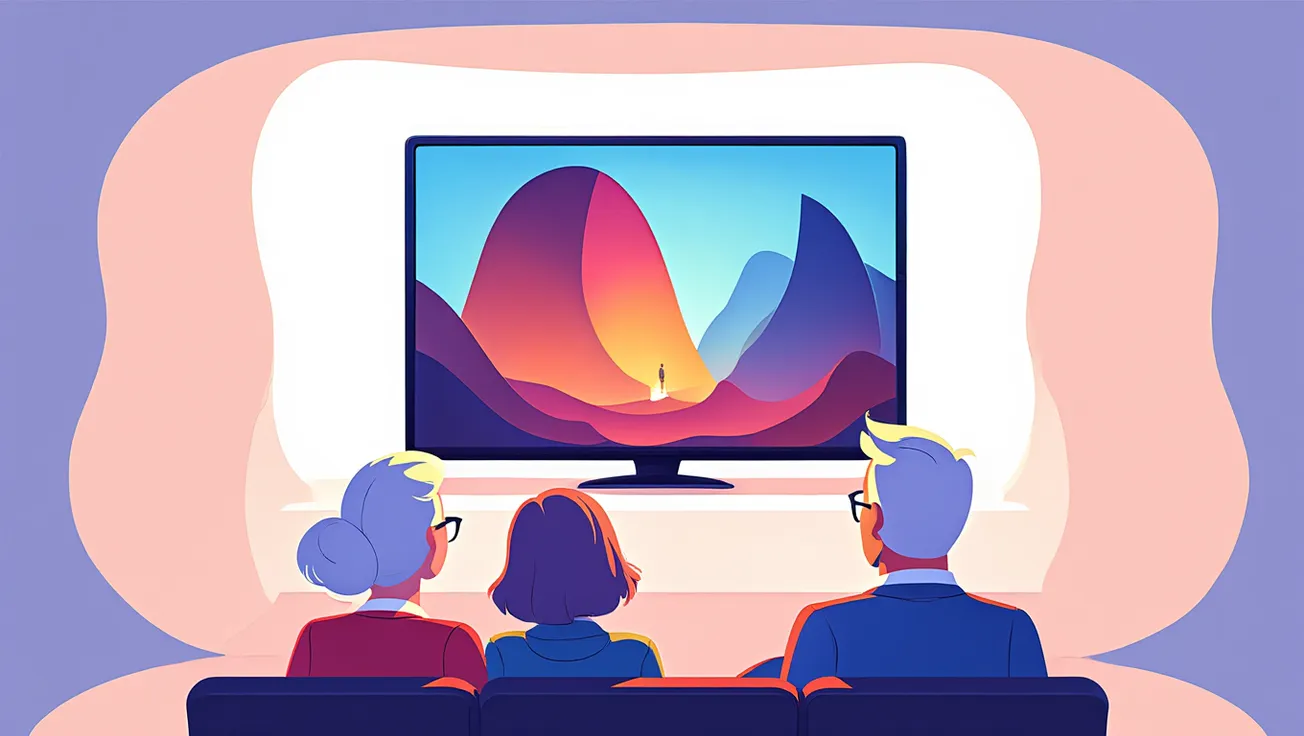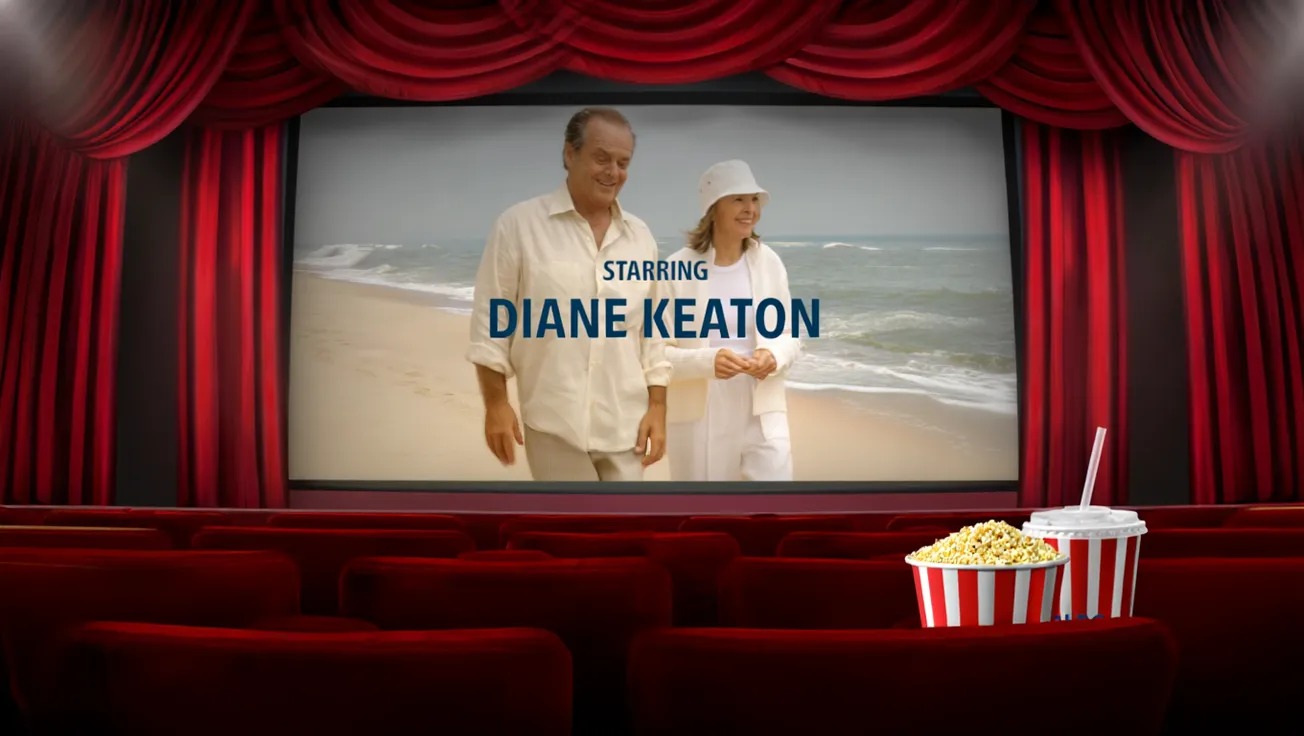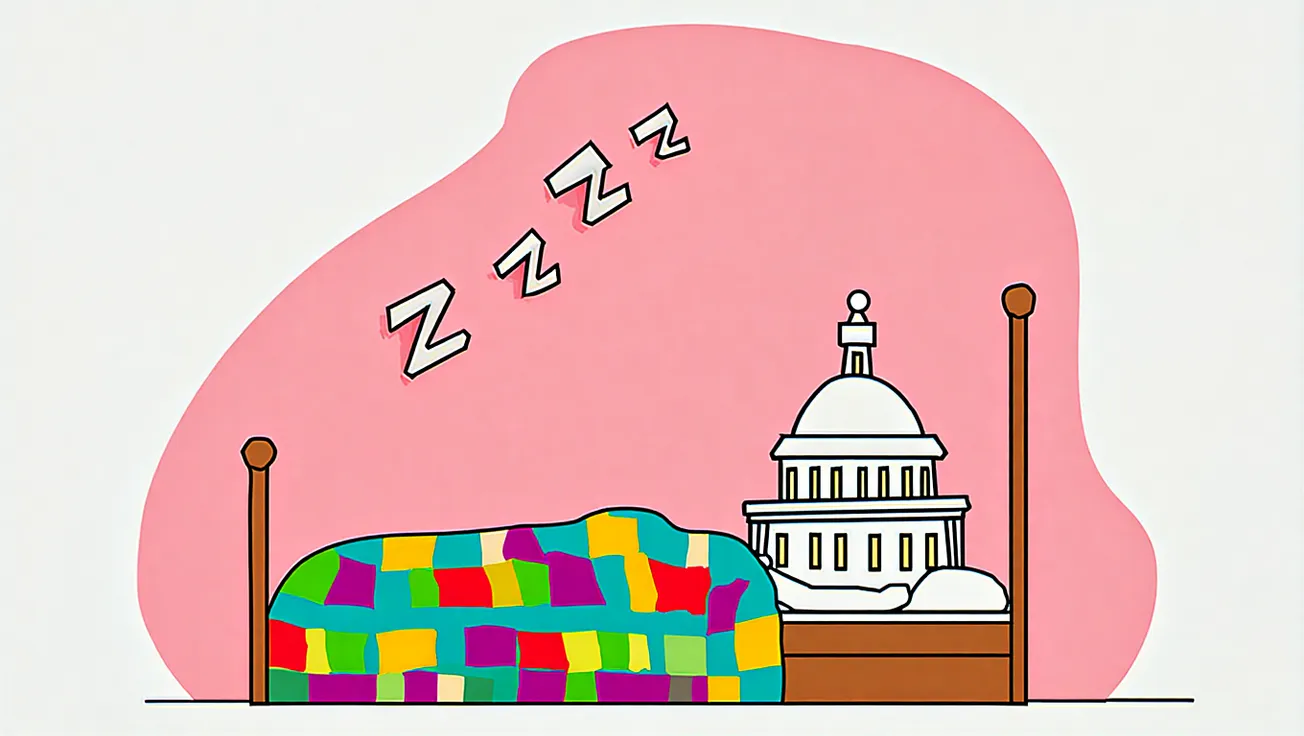By Jeff Raben, Raben IT Blog
Adapted for Smart Senior Daily
The Takeaway
- Cord cutting keeps growing — 40 million Americans have ditched cable.
- Streaming can save you money, but only if you manage subscriptions carefully.
- Live TV options like YouTube TV and Sling replace traditional cable channels.
- Most streamers pay under $70/month (including internet).
- Bundles and ad-supported plans help cut costs even further.
Cord cutting — the move away from cable TV toward streaming services — isn’t just a tech fad anymore. In 2025, it’s the norm. With nearly 40 million Americans saying goodbye to cable, the reasons are clear: flexibility, lower costs, and control over what you actually watch.
“Cord cutting is no longer a niche choice—it’s mainstream and reshaping how Americans consume entertainment. For many, it saves money and offers a better experience tailored to their preferences. But careful service selection and managing subscriptions are key to enjoying savings without bill shock,” wrote Jeff Raben, Raben IT Blog, recently.
“If cost and control over content matter, cord cutting is worth serious consideration in 2025.”
Why Cord Cutting Took Off
Traditional cable subscriptions have been bleeding customers for years. The old model of pricey bundles and unwanted channels doesn’t sit well with consumers anymore. Streaming, by contrast, lets you pick what you want — whether that’s The Crown on Netflix, Star Wars on Disney+, or Monday Night Football on YouTube TV.
The spread of fiber and 5G networks has made streaming smoother and more reliable, even replacing cable internet in some homes.
How to Choose the Right Streaming Mix
Your ideal streaming lineup depends on what you like to watch — and how much you want to spend.
Start by asking:
- Do you love original shows and movies? Try Netflix or Prime Video.
- Have kids or enjoy Marvel and Star Wars? Go with Disney+.
- Need live sports and local channels? Look at Hulu Live, Sling TV, or YouTube TV.
Prices range from around $8 to $20 a month for on-demand platforms and about $70 or more for live TV options. Bundles can help — Disney+, Hulu, and ESPN+ offer a combined deal that undercuts buying separately.
Most major platforms let you try before you buy, so take advantage of free trials.
Why Seniors Should Consider Cord Cutting
For older adults, the benefits of cord cutting go beyond saving a few dollars.
It can save real money.
Cable bills now average nearly $150 a month, often padded with equipment and regional fees. By picking only the streaming services you actually watch, monthly costs can drop by half or more.
You control what you pay for.
Streaming services don’t lock you into contracts — you can cancel or restart anytime. That’s ideal for snowbirds, travelers, or anyone watching seasonal shows.
Setup is simple.
Modern smart TVs and streaming sticks (like Roku or Fire TV) make setup plug-and-play. There’s no need for technicians or rental boxes.
Accessibility is better.
Streaming apps offer adjustable captions, large fonts, voice control, and easy navigation — features designed with accessibility in mind.
Watch anywhere, anytime.
Subscriptions work across TVs, tablets, and smartphones, so you can watch while traveling or even from a retirement community lounge.
Need another reason? Well, that Amazon Prime membership your daughter/son shares with you might be cut off soon and you'll be on your own.
Are You Actually Saving Money?
A typical cable bill in 2025 averages $147/month, and that doesn’t include internet. By comparison, most cord cutters subscribe to three or four streaming services, often ad-supported, for $70 or less — internet included.
Of course, if you pile on too many subscriptions, costs creep up. The key is to rotate or cancel services you’re not using.
Internet costs have also dropped for many households. Fiber and 5G plans now start at $25–$50/month, often cheaper than bundled cable internet.
Comparison: Popular Streaming Services in 2025
| Service | Monthly Cost | Content Focus | Device Compatibility |
|---|---|---|---|
| Netflix | $9.99 ad-supported, $15.49 ad-free | Originals, Movies, TV shows | Smart TV, Mobile, PC, Tablets |
| Disney+ | $8.99 ad-supported, $15.99 ad-free | Family, Disney classics, Marvel, Star Wars | Smart TV, Mobile, PC, Tablets |
| Hulu | $8.99 ad-supported, $17.99 ad-free | Live TV, Originals, Movies | Smart TV, Mobile, PC, Tablets |
| YouTube TV | $72.99 (live TV only) | Live TV, Sports, News | Smart TV, Mobile, PC, Tablets |
| Sling TV | $40 ad-supported, $55 ad-free | Live TV, Sports, News | Smart TV, Mobile, PC, Tablets |
| Amazon Prime Video | $9.99 ad-free | Movies, Originals, TV shows | Smart TV, Mobile, PC, Tablets |
The Bottom Line
Cord cutting isn’t just about saving money — it’s about control. You can watch what you want, where you want, and skip the channels you never touched. But it takes a little discipline: track your subscriptions and rotate them seasonally if needed.
For most households — and especially for seniors — cutting the cord still wins, as long as you keep your lineup lean and your internet plan smart.
Source: Jeff Raben, Raben IT Blog
Smart Senior Daily adaptation and additional reporting.
Disclaimer: Smart Senior Daily provides consumer information and general educational content. It is not intended as financial or technical advice. Prices and service details are current as of publication and subject to change. Readers should verify details directly with providers before making purchase decisions.








